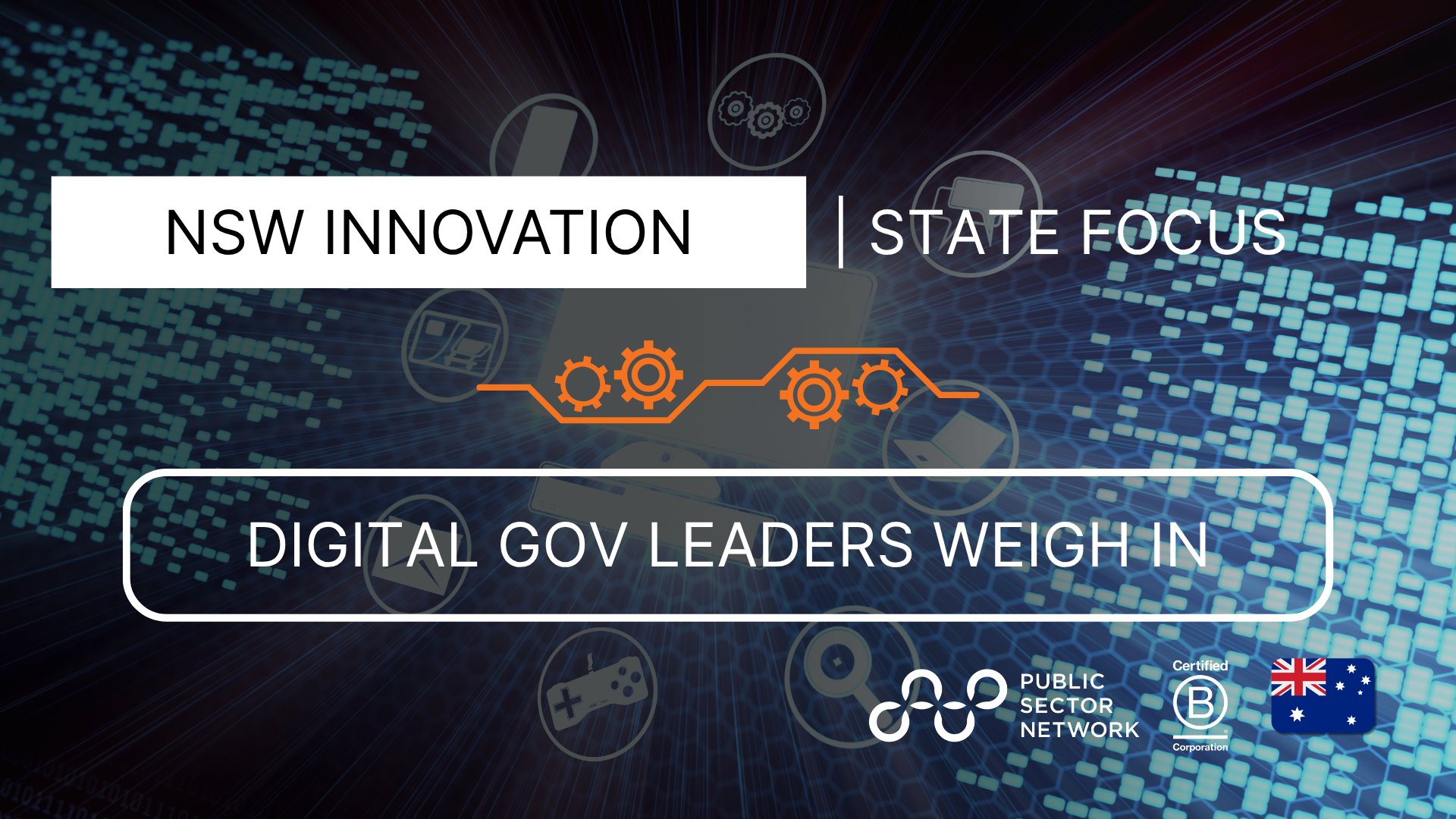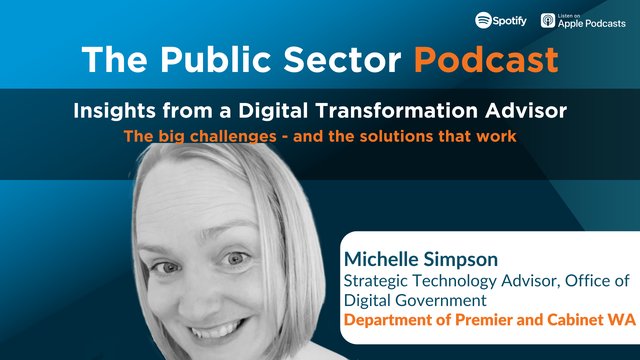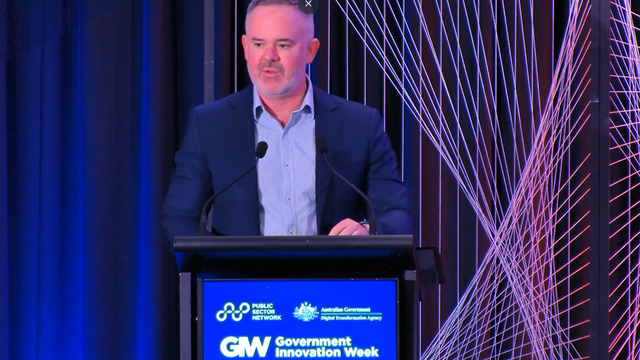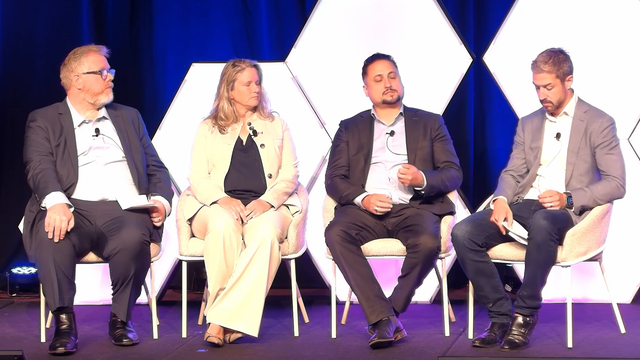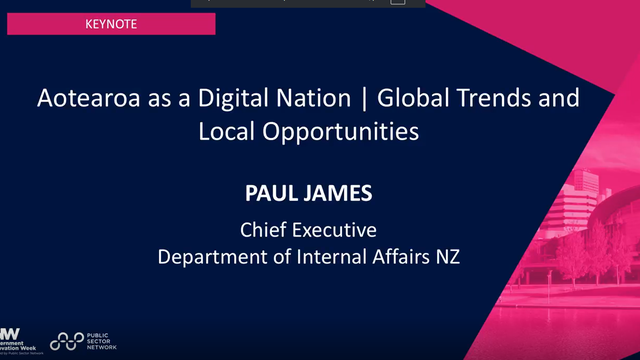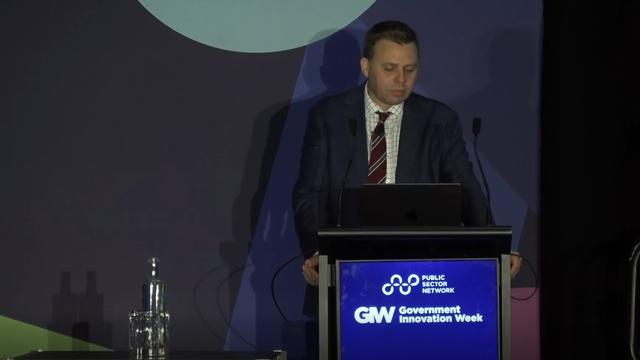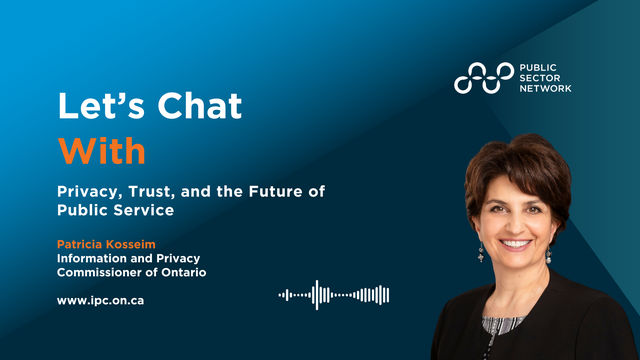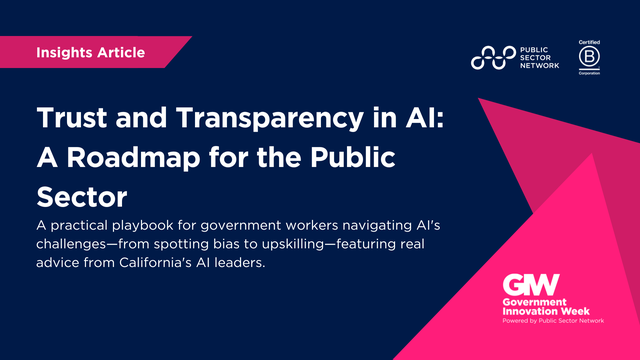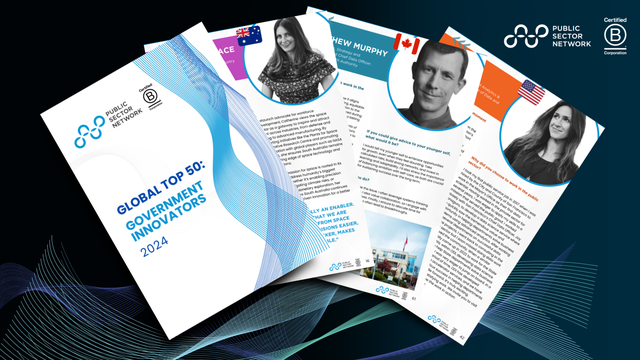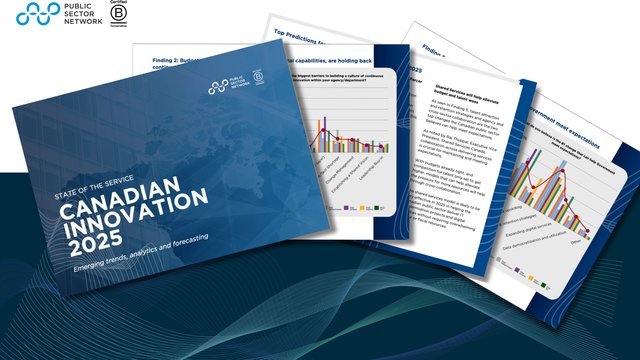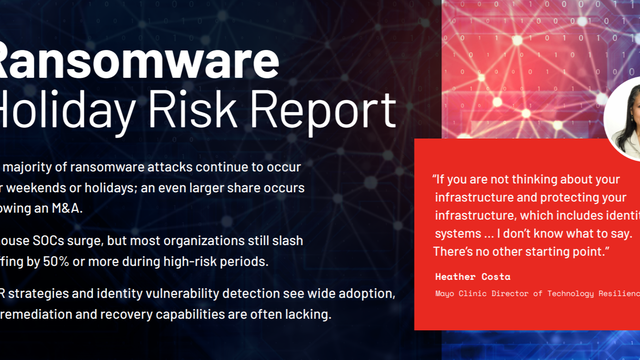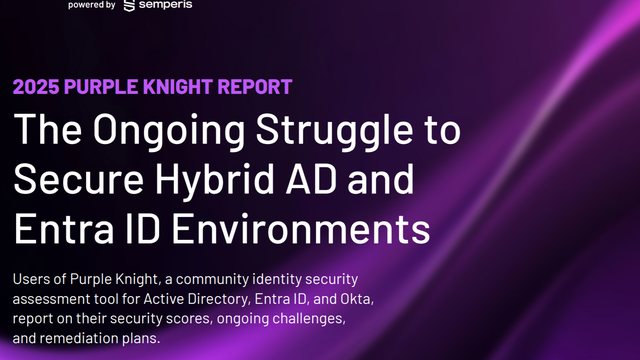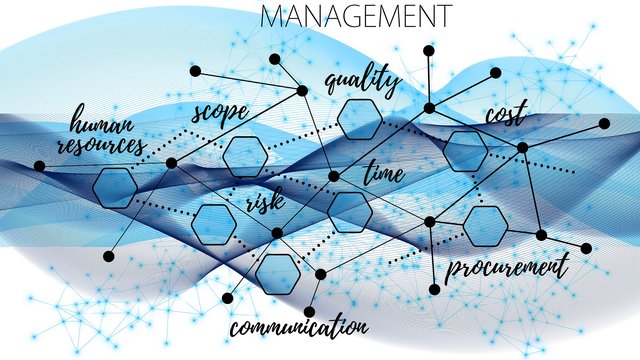NSW’s Digital Pulse — Priorities, Barriers and the Next Chapter in Government Transformation
As governments across Australia continue their push toward digital transformation, New South Wales is emerging with a distinctive approach that blends strong intergovernmental collaboration with a renewed focus on workforce capability and systemic reform. Recent polling sheds light on how NSW’s public sector leaders are prioritising change, tackling innovation barriers, and responding to citizen expectations—offering a detailed lens into how the state compares with national trends.
The data reveals NSW’s unique strategic alignment: leading the country in cross-agency collaboration while grappling with entrenched policy constraints and economic pressures. Workforce upskilling is gaining momentum, yet talent attraction and digital service expansion appear less emphasised compared to other states. These nuanced shifts offer insights into NSW’s maturity, current challenges, and the opportunities that lie ahead.
This analysis explores NSW’s polling results across five critical themes: strategic priorities, innovation barriers, sector-wide challenges, workforce transformation, and public expectations. The findings outline how NSW can leverage its collaborative strengths to future-proof its digital agenda while addressing gaps in workforce readiness, data capabilities, and delivery models.
NSW’s Collaboration Momentum: A Clear Shift Toward Whole-of-Government Leadership

New South Wales’ top priority—collaborating with other departments and tiers of government (22%)—emerges as a standout divergence from the national average of just 10%. This doubling in emphasis reveals a distinct NSW commitment to breaking down silos, enhancing interoperability, and fostering a more unified approach to service delivery. It suggests a strategic pivot towards connected governance as a vehicle for more integrated, citizen-centric digital transformation.
Interestingly, while national sentiment places transforming and automating processes at the top (22%), NSW slightly deprioritises this area (17%). This may reflect a maturing digital environment in NSW, where foundational automation initiatives have already been well established, allowing for a shift in focus towards structural and interagency collaboration.
A notable gap also appears in updating workplace culture and upskilling the workforce—a national priority for 21% of respondents but selected by only 13% in NSW. This discrepancy could signal a potential blind spot in readiness for long-term digital evolution, especially as new technologies demand cultural agility and a digitally fluent workforce.
These findings suggest that NSW is leaning into whole-of-government collaboration as its strategic lever for transformation. To maximise this approach, ensuring balanced investment in workforce capability and cybersecurity will be critical to sustaining momentum and future-proofing the state’s digital government ambitions.
Cutting Through Complexity: NSW Targets Red Tape as the Innovation Unlock

NSW respondents overwhelmingly identified policy and processes (red tape) as the most significant barrier to continuous innovation, with 35% nominating it compared to 21% nationally. This stark difference suggests that NSW agencies may be grappling with a more complex or restrictive regulatory environment, potentially hindering agility and stifling experimentation—both critical ingredients for an innovative public sector.
While budget constraints remained a leading challenge across both NSW (26%) and nationally (32%), the lower proportion in NSW could indicate relatively greater access to or confidence in available funding streams, especially when compared to other jurisdictions. However, this does not appear to fully compensate for other structural challenges.
A key area of concern is digital capabilities, cited by 17% of NSW respondents—well above the national average of 10%. This highlights a perceived gap in the technological fluency or infrastructure needed to drive innovation, and may be an indicator that current digital investments are not yet translating into the skills or systems required to foster ongoing change.
Overall, the data paints a picture of a state where strong leadership and workforce stability coexist with entrenched structural and procedural barriers. Unlocking NSW’s full innovation potential will likely depend on accelerating policy reform and enhancing internal digital capacity—so that leadership intent can translate more seamlessly into delivery.
Fiscal Focus Front and Centre: NSW Navigates Digital Progress Amid Budget Realities

A commanding 64% of NSW respondents identified economic pressures—budgets and competing priorities as the biggest challenge facing the public sector, far outpacing the national average of 37%. This outsized concern suggests that fiscal constraints are weighing heavily on NSW agencies, likely influencing every aspect of strategic planning, investment, and delivery. It reflects a public sector navigating a tightrope of high service expectations and constrained financial flexibility.
In stark contrast, NSW recorded significantly lower concern across several other major national issues. Workforce-related challenges—such as attracting and retaining talent—were flagged by only 9% in NSW, compared to 29% nationally. This mirrors earlier polling around innovation barriers, reinforcing the impression that NSW is currently less affected by talent shortages, potentially due to a stronger recruitment pipeline or more stable employment conditions.
Similarly, only 9% of NSW respondents cited technological challenges like the digital divide and the pace of change, compared to 18% nationally. This may indicate a higher level of confidence in NSW’s digital maturity or existing infrastructure, though it could also suggest that fiscal pressures are overshadowing longer-term digital concerns.
Overall, NSW's overwhelming focus on economic constraints underlines a pressing need for fiscal reform or reprioritisation to enable innovation and transformation. At the same time, the subdued concern over workforce and technology challenges may offer NSW a short-term advantage—if agencies can find ways to navigate budgetary limitations without losing momentum on digital and strategic progress.
Shaping Tomorrow’s Workforce: NSW Builds on Strengths in Values and Upskilling

NSW results reveal a cautious and somewhat fragmented response to the public sector talent challenge, with 26% of respondents saying “we’re not, but we should be”—mirroring national sentiment (31%) and signalling widespread acknowledgment of the issue without yet having fully mobilised responses. An equal share (26%) in NSW also cited career path development and upskilling, reinforcing that while some proactive strategies are in play, they are not yet dominant or comprehensive.
Two strategies stand out in NSW: improving the government brand (13%) and aligning with employee values (13%), both of which significantly exceed national averages (8% and 6% respectively). This suggests that NSW is leaning into purpose-driven messaging and reputation building to attract and retain talent, a strategic pivot in line with broader trends in values-based employment and public purpose alignment.
By contrast, expanding talent pools through flexible work was less of a focus in NSW (9%) compared to 15% nationally. This may indicate either a saturation point in flexible work adoption or a missed opportunity to broaden participation across regional and non-traditional labour markets.
Interestingly, 9% of NSW respondents stated that talent strategy is “not a current priority”, three times the national figure (3%). While this could reflect agency-specific variations, it also raises concerns about inconsistent prioritisation in tackling workforce renewal.
Together, these findings suggest that NSW is actively exploring reputation and values-based levers to strengthen talent pipelines, but still faces internal inconsistency in effort and urgency. Greater focus on scaling practical initiatives like upskilling, flexible working, and workforce planning will be critical to moving from intention to impact in the state’s public sector talent agenda.
Collaboration and Capability: NSW Signals the Way Forward for Meeting Public Expectations

NSW respondents placed a strong emphasis on cross-agency and cross-sector collaboration as the number one change to help government meet expectations, with 43% selecting this option compared to 38% nationally. This reinforces a recurring theme in NSW’s digital transformation agenda: the belief that collective problem-solving and interagency coordination are essential to delivering more efficient, joined-up public services.
Workforce upskilling emerged as the second most important change in NSW (26%), notably higher than the national average of 18%. This prioritisation indicates a growing recognition in the state that future-ready public services rely on a more agile, capable workforce—particularly as digital tools evolve and expectations rise. It also complements NSW’s earlier focus on career pathways and the value of aligning work with purpose and values.
On the other hand, talent attraction and retention strategies drew considerably less focus in NSW (9%) compared to 22% nationally. This divergence suggests that while NSW sees the value in developing internal talent, it may place less urgency on broadening external recruitment efforts. This could reflect confidence in existing workforce stability or an underestimation of the looming public sector succession challenge.
NSW also showed a subdued emphasis on expanding digital services (4% vs. 10% nationally), potentially suggesting that digital service expansion is seen as already underway or deprioritised in favour of deeper enablers like collaboration, data use, and workforce capability.
Finally, improved data democratisation and utilisation registered 17% in NSW, outperforming the national average (11%). This points to a growing appetite for empowering decision-makers at all levels with accessible, actionable data—an essential ingredient for modern service design and responsive government.
Taken together, these results highlight NSW’s orientation toward systemic reform through collaboration, capability-building, and data enablement. While this signals maturity in identifying key transformation levers, underplaying digital service delivery and external talent strategies may warrant strategic reassessment as public expectations continue to evolve.
Conclusion: NSW at a Digital Inflection Point — Aligning Collaboration, Capability and Execution
NSW’s polling results reflect a public sector ready to lead through collaboration, with a clear emphasis on cross-government partnerships as a primary enabler of reform. This interagency mindset—alongside growing momentum in workforce upskilling and values alignment—signals a strong foundation for systemic transformation.
Yet, the findings also highlight tension points that warrant attention. Policy constraints and red tape continue to challenge innovation efforts, while economic pressures dominate strategic thinking more acutely in NSW than in other jurisdictions. Despite confidence in current workforce stability, the relatively low emphasis on talent attraction and digital service expansion may limit adaptability in a fast-evolving environment.
The path forward for NSW lies in converting its collaborative strengths into operational momentum—streamlining processes, embedding data-driven practices, and extending workforce initiatives to include talent acquisition and flexible delivery. By balancing these forces, NSW is well-positioned to set the national pace for digital government maturity, service responsiveness, and public sector resilience.

